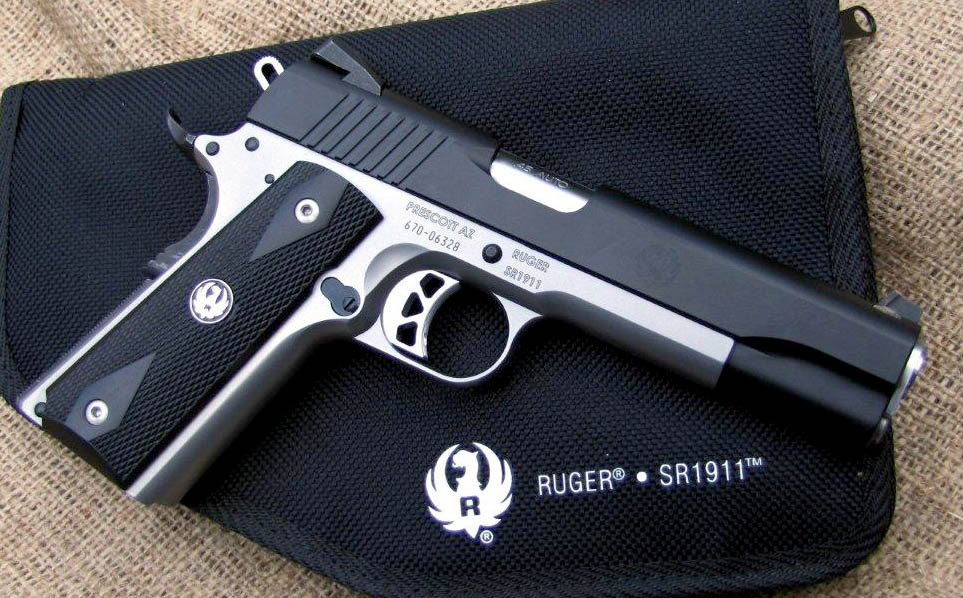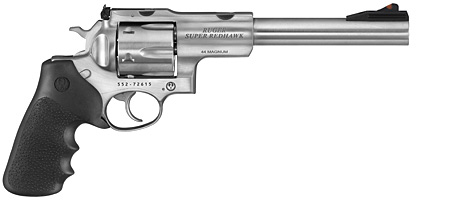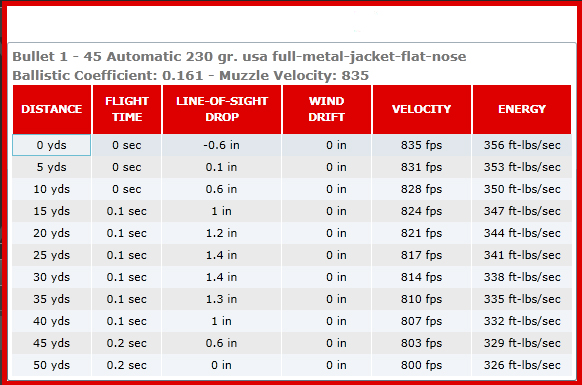Pistols/Revolvers


http://taloinc.com/WordPress/wp-content/uploads/2011/10/cerakote-ruger-1911.jpg
http://ruger.com/products/superRedhawkAlaskan/models.html
Pistols/Revolvers have a
different set of forces that they put on the
shooter than those applied by long rifles.
When a handgun is fired, it puts a backward
force on the shooter. If the shooter is
holding the firearm properly, the force pushes
on your shoulders and forces the shooters arms
to move upward, around the ball and socket
joint.
The bore of most pistols have rifling in the
barrel. This causes the same effect in
pistols as it does in rifles. In pistols,
the barrel is so much shorter that it does not
allow the explosion from the gunpowder to
create the acceleration needed for the bullet to
travel at the same velocities as their long rifle
counterparts. Due to the lack of acceleration, the
trajectory decreases dramatically as the round
travels down range.

http://i967.photobucket.com/albums/ae160/dlidster/Trajectory--45ACP_zpsdc8123cc.jpg
|